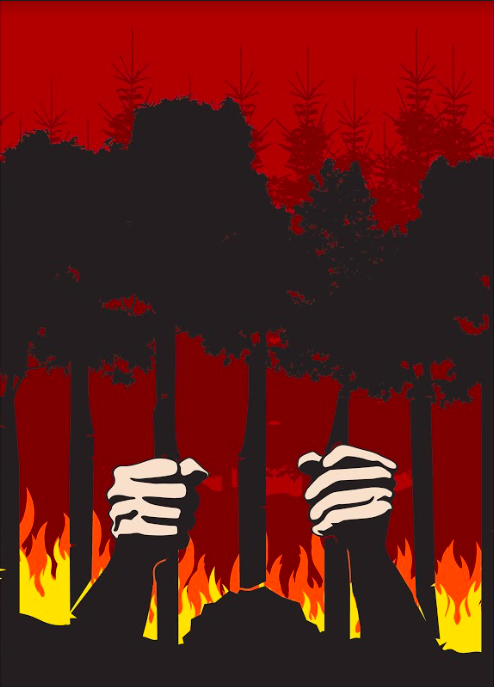America is the best! That is, we are number one in prisoners, military spending, mass shootings, and corn. In fact, according to Bureau of Justice statistics, the incarceration rate for the United States is 655 prisoners per 100,000 people in the population. A disproportionate number of these prisoners are African American and Latino. We lock up people of color at unequal rates and put them to work in unsafe conditions with little or no pay. Corporations save money with cheap labor. Does this sound familiar yet?
Penal labor, a form of slavery or involuntary servitude, is explicitly allowed by the 13th amendment, which states that “neither slavery nor involuntary servitude, except as a punishment for a crime whereof the party shall have been duly convicted, shall exist within the United States, or any place subject to their jurisdiction.”
The original purpose behind penal labor was to work as part of a rehabilitation process. Inmates would be put to work on jobs that would develop certain skills so that, when their sentence ended, they would be able to go back into society and get a job in order to support themselves and their families. However, most of the jobs that prisoners work are on the prison itself, not skill-development jobs. Additionally, many jobs are off-limits to former prisoners once they are released.
The problem is not that prisoners are allowed to work; it is that they are forced to work under extreme conditions with little to no pay, without safety precautions and are not protected by most of the regulations that employees in the workforce are protected by. If the U.S. had to pay prisoners the minimum wage, the penal labor system could not continue to operate. As such, our prisons save hundreds of millions of dollars with cheap prison labor, but this comes at a cost: without proper income, the families of prisoners often rely on government assistance programs.
According to the Marshall Project, a nonprofit journalism website, in 2017, the Northern California wildfires spread over 201,000 acres and killed 42 people. In response, the state sent over 11,000 firefighters to contain the wildfires, including 1,500 prisoners. These prisoners were paid about $2 an hour.
Prisoners are working in dangerous conditions with little to no pay while U.S. prisons profit. If prisoners were allowed to work in the same conditions that free citizens work, with better pay and higher safety regulations, the penal labor system would better fulfill its original purpose: skill building. The best way to protect our prison workers is the same way that we earned rights for ourselves: unionization. While prisoners are able to form labor unions, it is legal, and common, for prison administrators to bust inmate unions. Support should be given for prisoners to be able to form unions and fight for organizational and physical safety guards for themselves.
Worker empowerment, job safety and liveable, supporting wages are important for everyone. We must fight for those who have had these things taken away.




